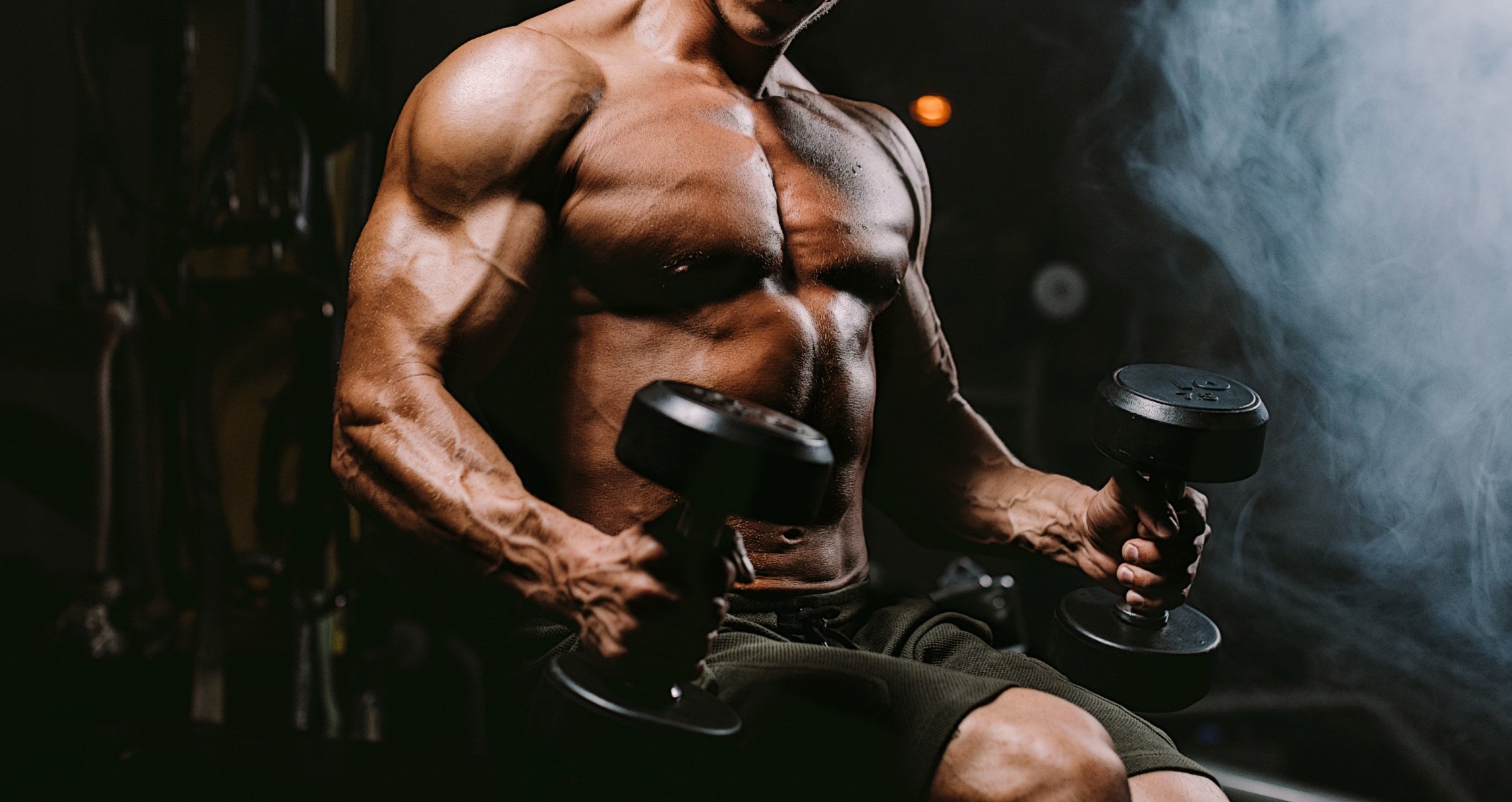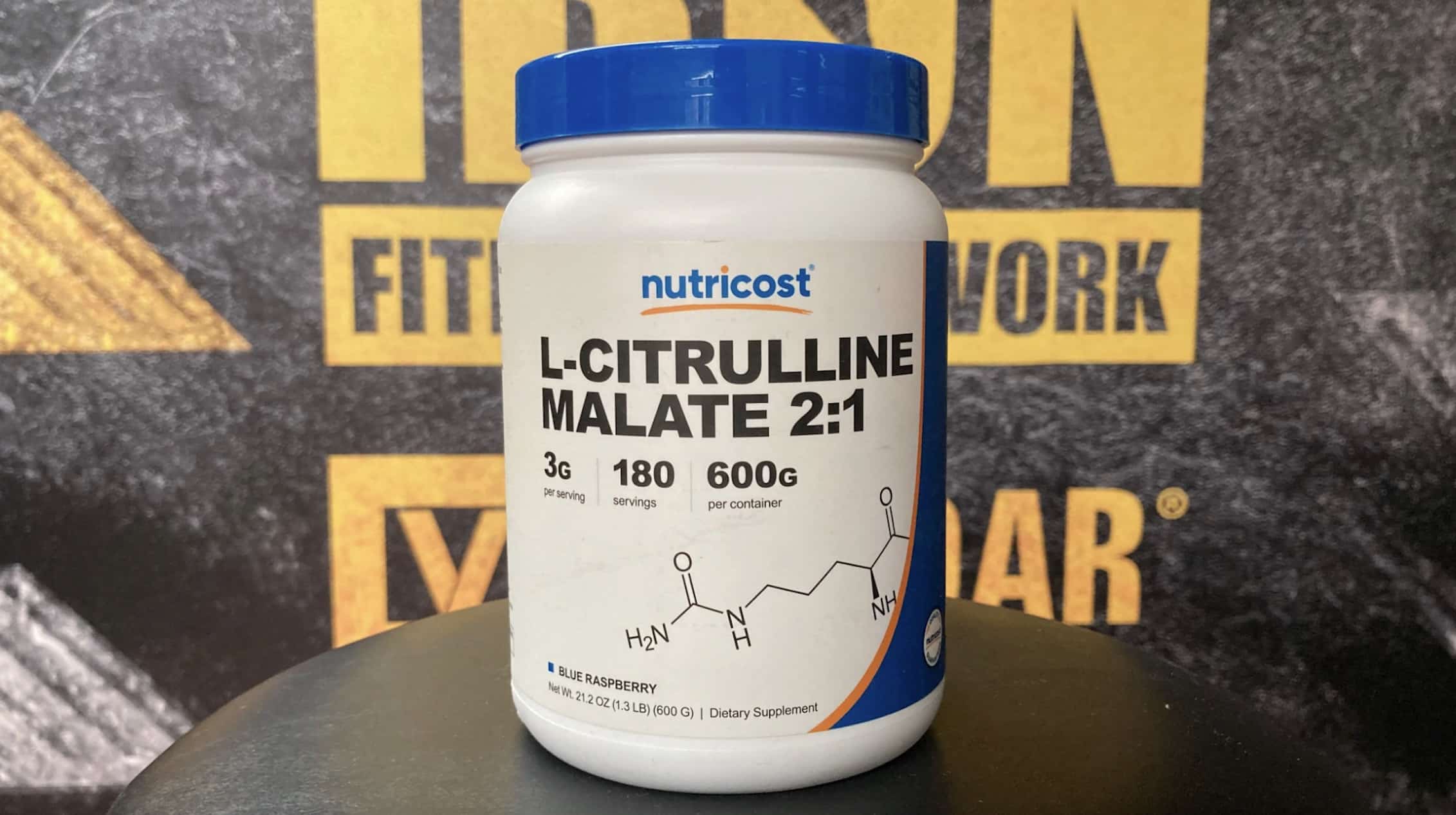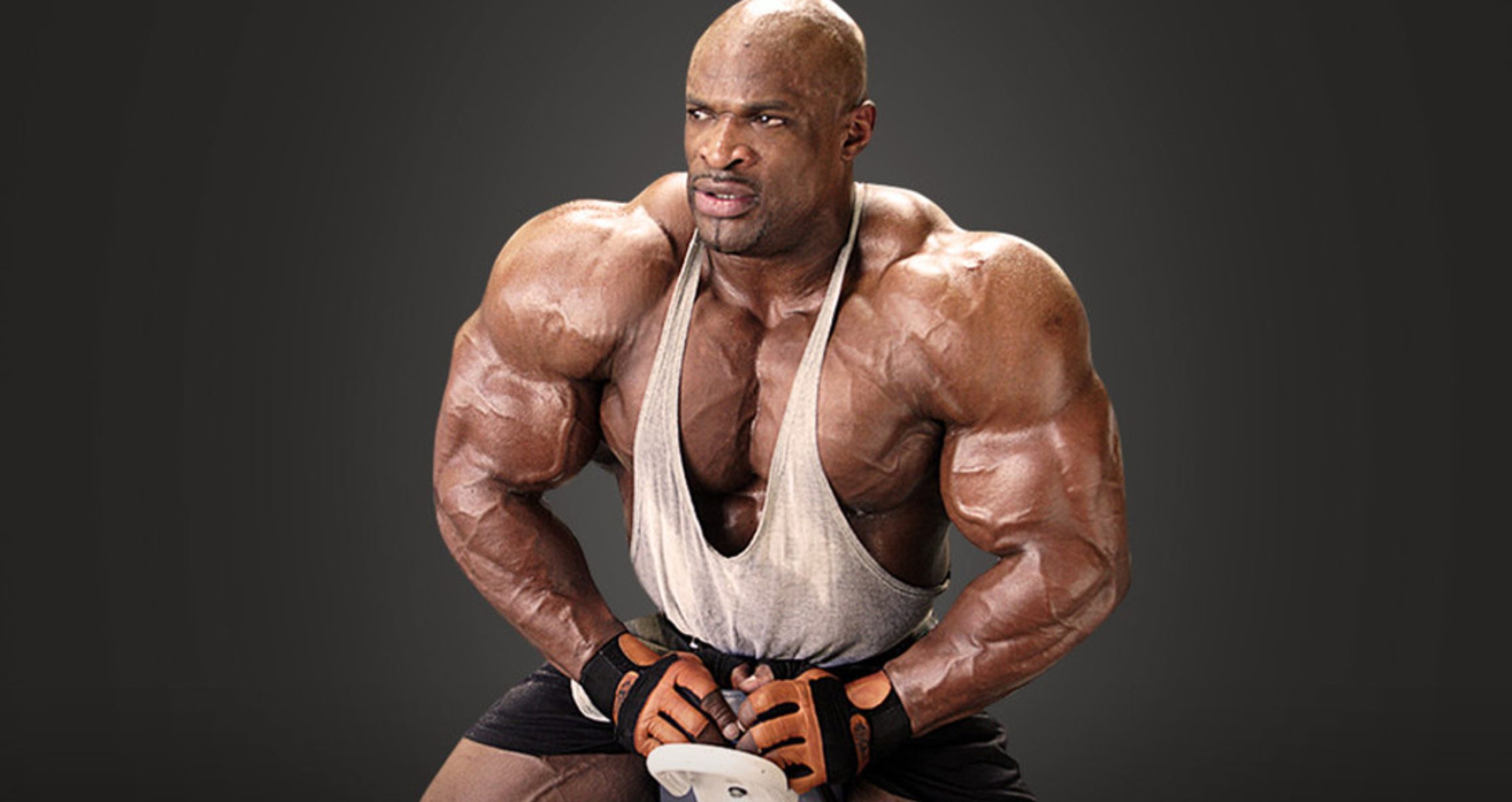The Bench Press Arch: Controversy, Benefits, and Proper Execution
The bench press is one of the most popular exercises in strength training and bodybuilding, but few topics in the lifting community spark as much debate as the bench press arch. Is it an advanced technique or a form of cheating? Is it dangerous for the lower back, or does it actually reduce injury risk?
These questions have fueled endless online arguments and gym discussions, but the truth is, a well-executed arch is both a legitimate strategy and an effective way to improve pressing strength while protecting the shoulders.
Our team at Generation Iron is going to break down the bench press arch.
Understanding the Bench Press Arch

Arching during the bench press refers to creating an intentional curve in the lower back while keeping the upper back, butt, and feet planted. This technique is commonly used by powerlifters and competitive strength athletes for a few key reasons:
- Increases Stability – A strong arch allows the lifter to maintain scapular retraction and depression, which stabilizes the shoulders and reduces unnecessary movement.
- Shortens Range of Motion (ROM) – By elevating the chest, the barbell has less distance to travel, which can allow the lifter to press more weight.
- Enhances Leg Drive – A proper arch facilitates better engagement of the lower body, allowing for more efficient force transfer.
A common misconception is that the goal of an arch is purely to reduce ROM to lift heavier weights. While that is a byproduct, the true benefit lies in improved mechanics and joint safety.
Does Arching in the Bench Press Cause Injuries?
To the untrained eye, a dramatic bench press arch looks unnatural and even dangerous. Some assume it puts excessive strain on the lower back, leading to potential injury. However, this assumption does not align with biomechanics or real-world injury data.
How Spinal Injuries Occur
The spine is typically injured in two ways:
- Axial Compression – When weight directly compresses the spine, as seen in squats or overhead presses.
- Shear Forces – When vertebrae are pulled in opposite directions, often from poor lifting mechanics.
In the bench press, neither of these forces is significantly present. Unlike a squat, where the spine is bearing the load vertically, the bench press applies force into the upper back and shoulders. In fact, a stable arch can actually reduce injury risk by keeping the lifter in a mechanically efficient position.
Who Should Avoid Excessive Arching?
While a moderate arch is generally safe, certain lifters should be cautious:
- Those with Pre-existing Back Issues – Lifters with herniated discs or chronic back pain should consult a professional before attempting a deep arch.
- Novice Lifters – Beginners should focus on proper technique and pressing strength before incorporating advanced setup strategies.
- Individuals Lacking Thoracic Mobility – Limited upper back flexibility can cause the arch to come from the lumbar spine rather than the thoracic, which could increase discomfort or risk.
Is the Bench Press Arch Cheating?
The claim that arching is “cheating” arises mainly in comparison to how recreational lifters bench press. However, powerlifting federations, including USA Powerlifting (USAPL) and the International Powerlifting Federation (IPF), allow arching as long as the lifter maintains these five points of contact:
- Head on the bench
- Shoulders on the bench
- Butt on the bench
- Feet flat on the floor
- Hands within the legal width limit
As long as these rules are followed, an arched bench press is a valid lift. Those who argue otherwise may be conflating competition standards with general fitness expectations.
How to Execute a Proper Bench Press Arch
For those looking to incorporate an arch into their bench press, proper execution is key to maximizing benefits while minimizing risk. Here’s how to do it correctly:
Step-by-Step Guide
- Set Your Feet – Position your feet firmly on the ground, slightly behind your knees, to help generate leg drive.
- Grip and Retract – Grab the bar with your preferred grip width and retract your shoulder blades tightly.
- Elevate the Chest – Before unracking, push your chest upward to create a natural arch. Keep the tension through your upper back.
- Engage Your Core and Glutes – Your lower body should remain engaged throughout the lift to maintain stability.
- Controlled Descent and Press – Lower the bar to the highest point of your chest while keeping your elbows at an efficient angle, then drive the weight up using a smooth, controlled motion.
Common Mistakes to Avoid
- Overarching the Lower Back – The arch should come mainly from the thoracic spine (upper back), not from hyperextending the lumbar spine.
- Letting the Butt Come Off the Bench – This leads to disqualification in powerlifting and reduces overall stability.
- Neglecting Leg Drive – A proper arch isn’t just about the back; the lower body plays a crucial role in maintaining stability and power.
How to Improve Your Bench Press Arch
If you struggle to maintain a proper arch, consider working on the following:
- Thoracic Mobility Drills – Exercises like foam rolling, cat-cow stretches, and thoracic extensions can help improve upper back flexibility.
- Hip Flexor and Quad Stretches – Tight hip flexors can limit your ability to set your feet in an optimal position.
- Core and Glute Strengthening – A strong core and glutes can help maintain an arch without excessive lower back strain.
Final Thoughts

The bench press arch is not a gimmick or a way to cheat—it is a legitimate technique that has been used in strength sports for decades. When performed correctly, it can enhance pressing strength, improve shoulder stability, and even reduce the risk of injury. However, like any advanced lifting technique, it should be implemented with proper form and individualized adjustments based on mobility and experience.
For those serious about optimizing their bench press, incorporating a controlled, well-supported arch can be a game-changer. Instead of dismissing it as an unfair advantage, lifters should recognize it for what it is: a skill-based strategy to lift more weight safely and efficiently.
Let us know what you think in the comments below. Also, be sure to follow Generation Iron on Facebook, Twitter, and Instagram.








